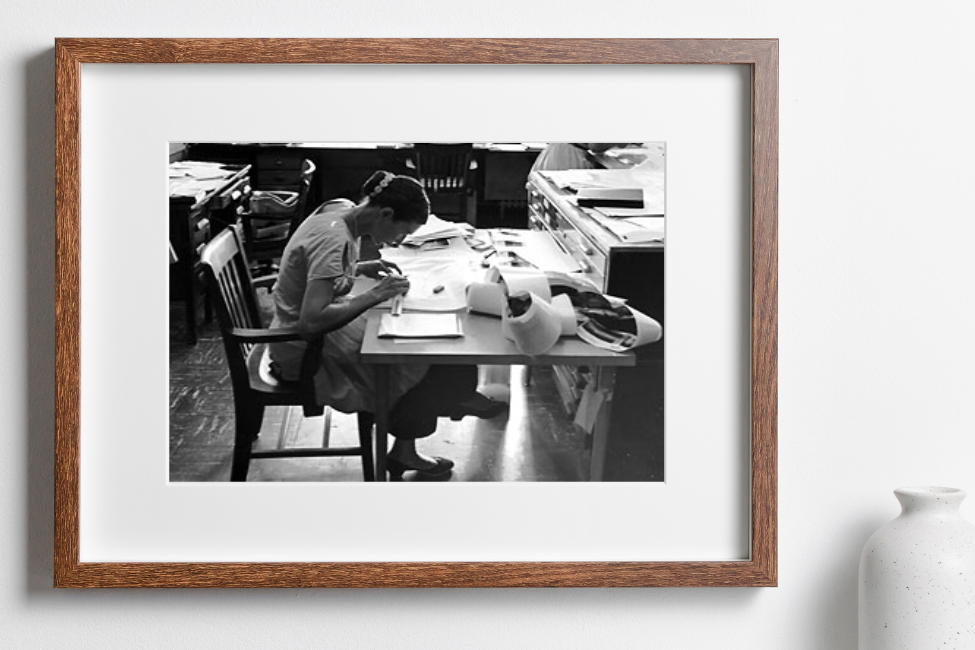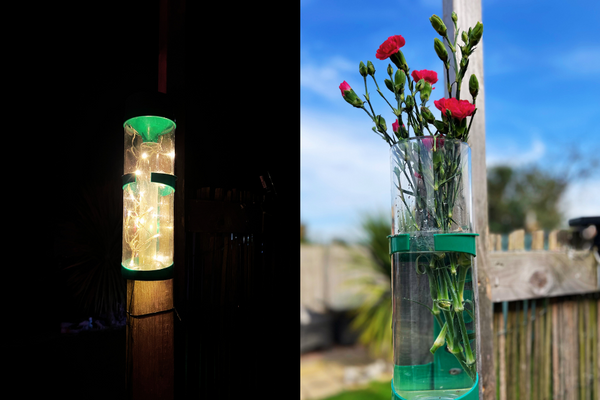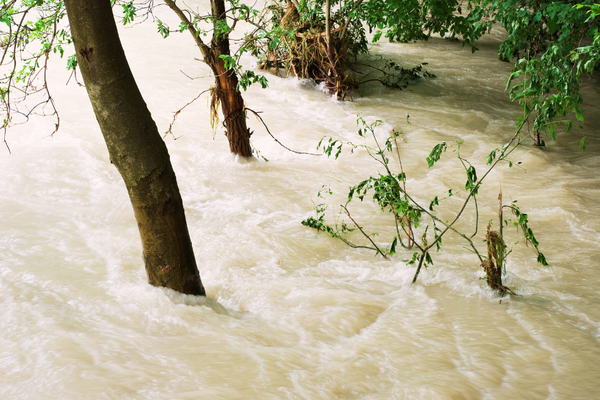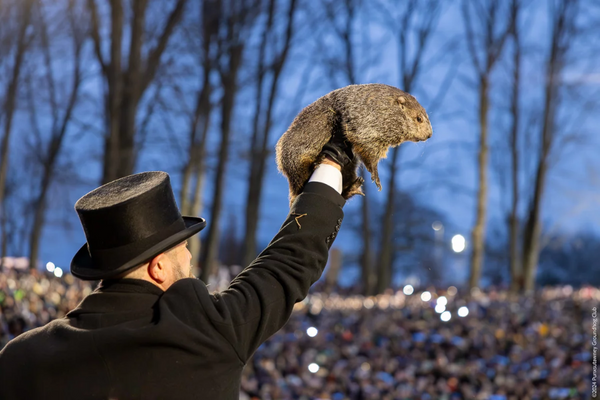Women’s History Month: Joanne Simpson

3 minute read
A huge thank you to our Ecommerce Manager, Lauren, who has researched and contributed this article to the Metcheck blog after discovering the story of Joanne Simpson.
Joanne Simpson, a renowned atmospheric scientist, challenged gender bias while leading monumental advancements in meteorological science for over 50 years. Her story is a testament to her resilience and a source of motivation this Women's History Month.
Joanne's academic journey started at the University of Chicago in 1940, where she studied astrophysics, breaking away from her family tradition of attending the ‘all female’ Radcliffe College. As a student pilot in World War II, it was mandatory to take a course in meteorology which led her to teach aviation cadets under Carl-Gustaf Rossby. Despite the societal expectations post-war for women to return home, Joanne pursued her Master's Degree and applied for a doctoral program in meteorology. Unfazed by discouragement, she became the first woman to earn a Ph.D. in meteorology in 1949.
In the 1950’s, Joanne Malkus Simpson Ph.D, faced numerous gender-based obstacles in her early career but persevered and secured a position at the Illinois Institute of Technology. She climbed the academic ladder to become an Assistant Professor of Physics, a role she balanced with her duties as a wife and mother. During summer breaks, Simpson journeyed to Woods Hole Oceanographic Institute, working on a fascinating project centred around tropical clouds. Here, she delved deeper into her studies of cumulus clouds, pioneering research into their crucial role in tropical circulations. Simpson's curiosity led her to investigate the Hadley circulation, an atmospheric phenomenon poorly understood at the time. She believed the answers were hidden within the towering equatorial clouds.
The pursuit of these answers required more observations, prompting Simpson to request an instrumented airplane from the Office of Naval Research. Despite push back from the Woods Hole director because females were not permitted on 'field trips', Simpson's determination and the support of her Navy Officer ally who stated "No Joanne, no airplane" earned her a place on the research trip. The outcome of this experiment solidified her reputation as a credible scientist. Simpson, along with her former Ph.D. advisor, Riehl, revolutionised meteorology with their 'hot tower hypothesis.'
Joanne went on to join NASA in 1979. She remembers her surprise at meeting other female scientists at the Goddard Space Flight Centre, a testimony to NASA's welcoming environment for women. In 1986, Simpson was chosen to lead a team of scientists for the Tropical Rainfall Measuring Mission (TRMM), a satellite project aimed at measuring tropical and subtropical rainfall from space. One of the most exciting discoveries, according to Simpson, came in 2002 when a longstanding goal of measuring latent heat profiles over wide areas was accomplished indirectly through the TRMM rain profiles. This achievement marked a full-circle moment, connecting back to Simpson's early work on latent heating. She believed that her involvement with TRMM is the single biggest accomplishment of her long career.
Simpson's accolades in the field of meteorology are impressive and numerous. In 1954, she was awarded the Guggenheim Fellowship, followed by the Meisinger Award from the American Meteorological Society in 1962. In 1963, Simpson was recognised as the Woman of the Year in Science by the Los Angeles Times. Her significant contributions to the Experimental Meteorology Branch earned her the Department of Commerce Silver Medal in 1967. In 1968, she was elected as a fellow of the American Meteorological Society. A landmark achievement was being the first woman to receive the American Meteorological Society’s Carl-Gustaf Research Medal in 1983, an award of the highest prestige, for her exceptional contribution to our understanding of the atmospheric structure.
Despite the challenges of her era, Simpson considers herself fortunate to have joined meteorology during a period of significant discoveries. As the first female meteorologist, she felt an immense pressure, not only for her career, but also for the future of aspiring women meteorologists. Simpson knew her actions would impact their opportunities. Joanne Simpson retired as a role model in her field, she passed away in 2010 at the age of 86. A true inspiration.
Credit: Nasa Earth Observatory
Also in Metcheck News

Dry Days? Try These Rain Gauge Hacks This Spring
Rain in short supply? Don’t let your rain gauge sit idle! Here are some unexpectedly fun ways to put it to use during a dry spell.

Closing the Early Warning Gap with Metcheck
Extreme weather events are becoming more frequent and severe, making early warnings crucial. Unfortunately, access isn't universal.

Sunshine or Shadows? The Groundhog Decides
Will it be 6 more weeks of winter or will there be an early spring? Read on to find out more about this North American tradition.
